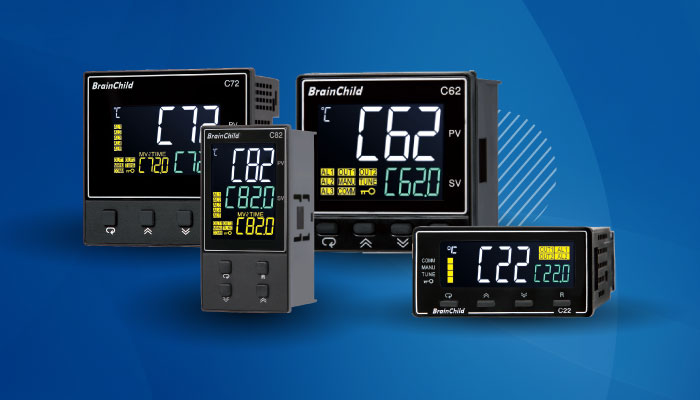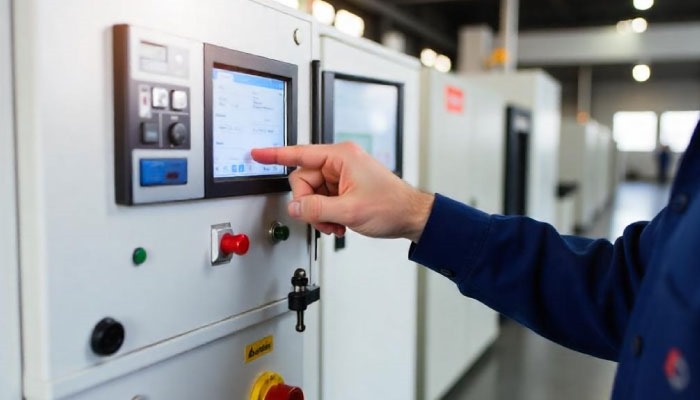PID Controllers in Aerospace: Ensuring Safety and Precision

Proportional-integral-derivative (PID) controllers play a crucial role in the aerospace industry, ensuring the safety, precision, and reliability of various systems. These controllers are fundamental in maintaining stability and performance in complex aerospace applications, from aircraft flight control systems to spacecraft navigation. This blog will explore the significance of PID controllers in aerospace, their working principles, applications, and advancements that enhance their effectiveness.
Importance of PID Controllers in Aerospace
- Stability and Precision
In aerospace applications, maintaining stability and precision is paramount. PID controllers are essential for achieving this by continuously adjusting control surfaces, thrust levels, and other parameters to keep the aircraft or spacecraft on the desired trajectory. The precise control offered by PID systems ensures smooth and accurate responses to pilot inputs and external disturbances.
- Robustness and Reliability
Aerospace systems operate in highly dynamic and unpredictable environments. PID controllers are robust and reliable, capable of handling variations in operating conditions, such as changes in airspeed, altitude, and atmospheric disturbances. Their ability to adapt to these conditions ensures consistent performance and enhances the overall safety of the vehicle.
- Real-time Response
Aerospace systems require real-time response to control inputs and environmental changes. PID controllers, with their fast processing and immediate corrective actions, are well-suited for such applications. They enable quick adjustments to maintain stability and control, critical for safe and efficient flight operations.
Applications of PID Controllers in Aerospace
- Flight Control Systems
One of the most significant applications of PID controllers in aerospace is in flight control systems. These systems manage the aircraft's attitude, altitude, and heading by adjusting control surfaces such as ailerons, elevators, and rudders. PID controllers ensure that the aircraft maintains the desired flight path and responds accurately to pilot commands and environmental changes.
The autopilot systems in commercial and military aircraft rely heavily on PID controllers to maintain steady flight, execute precise maneuvers, and ensure passenger comfort and safety. By continuously monitoring and adjusting the aircraft's position, these controllers help reduce pilot workload and enhance overall flight efficiency.
- Engine Control
PID controllers are also integral to engine control systems in both aircraft and spacecraft. They regulate parameters such as fuel flow, thrust, and temperature to optimize engine performance and efficiency. In jet engines, for instance, PID controllers manage the fuel-to-air ratio to maintain stable combustion and prevent engine stalls or surges.
In spacecraft, PID controllers are used to controlling rocket engines and thrusters during launch, orbit insertion, and attitude adjustments. Their ability to provide precise control ensures that the spacecraft follows the intended trajectory and completes its mission objectives accurately.
- Spacecraft Attitude Control
Spacecraft attitude control is another critical application of PID controllers. Maintaining the correct orientation of a spacecraft is vital for communication, power generation, and scientific observations. PID controllers help stabilize and control the spacecraft's attitude by adjusting reaction wheels, and control moment gyroscopes, or thrusters.
For example, during a satellite's orbit, PID controllers manage its orientation to ensure that solar panels are optimally positioned to capture sunlight, and antennas are correctly aligned for communication with ground stations. This precise control is essential for the satellite's operational efficiency and mission success.
Advancements in PID Controllers for Aerospace
- Adaptive and Robust Control Techniques
Recent advancements in PID controller technology have introduced adaptive and robust control techniques. Adaptive PID controllers can adjust their parameters in real time based on changes in system dynamics and operating conditions. This adaptability enhances the controller's performance in varying environments, making it more effective for aerospace applications.
Robust control techniques, on the other hand, focus on maintaining stability and performance despite uncertainties and disturbances. These advancements ensure that PID controllers can handle a wider range of operating conditions and continue to provide reliable and precise control.
- Integration with Advanced Sensors and Actuators
The integration of PID controllers with advanced sensors and actuators has further improved their effectiveness in aerospace applications. High-precision sensors provide accurate data on system states, enabling PID controllers to make more informed decisions. Advanced actuators offer faster and more precise responses, enhancing the overall control system performance.
Modern aircraft and spacecraft are equipped with high-resolution gyroscopes, accelerometers, and GPS systems that provide real-time data to PID controllers. This integration allows for more accurate control and improved stability, even in challenging conditions.
PID controllers are indispensable in the aerospace industry, ensuring the safety, precision, and reliability of various systems. Their ability to maintain stability, respond in real time, and adapt to changing conditions makes them a vital component in flight control, engine management, and spacecraft attitude control. As advancements in control technology continue, PID controllers will play an increasingly important role in meeting the growing demands for precision and safety in aerospace operations.
Are you looking for precise, reliable, and efficient control solutions for your industrial processes? Theta Controls offers state-of-the-art PID controllers that ensure optimal performance and stability. Our controllers are designed to handle the most demanding applications with ease.
Optimize Your Process Control with Theta Controls’ PID Controllers!
Get in touch with us now to find the perfect solution for your needs!


